Featured customer case
Lumada customer case code: UC-01956S
Formulating CO2 reduction measures and roadmaps to meet the needs of customer businesses
2023-06-07
Visualizing the effects and costs of reducing CO2 emissions related to electricity
Companies wishing to implement carbon neutrality measures must have a high level of environmental awareness, examine the impact of those measures on their business activities, and consider whether those measures will contribute to business growth.
Hitachi consultants use tools to estimate and visualize four factors (see below), examine the external environment and the customer’s internal environment, and formulate a plan to implement measures. They formulate a flexible roadmap that enables customers to figure out the most appropriate measures that take into account future change in environments, so the customer can efficiently implement highly feasible carbon neutrality measures.
Hitachi consultants can examine the usage of facilities and the amount of consumed electricity and create a portfolio of the sources and amounts of current CO2 emissions.
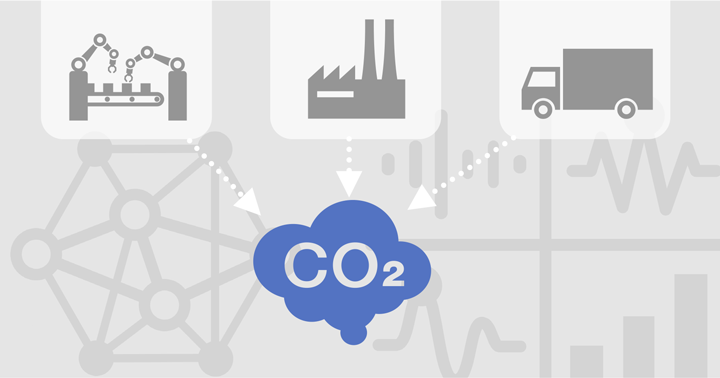
By estimating the amount of electricity generated by solar power panels that can be installed on land owned by the customer company or on roofs of company buildings, Hitachi consultants can identify the amount of generated electricity to be consumed by the company.
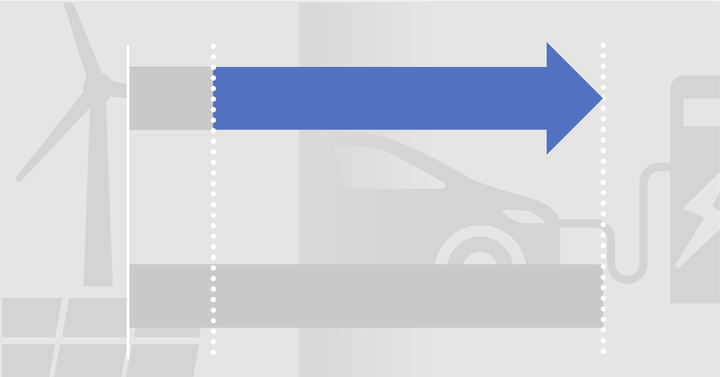
Hitachi consultants estimate the cost of introducing and implementing measures from a macro perspective, taking into account the possibility of future cost‑related changes (for example, a rise in electricity costs and in introduction of a carbon pricing scheme).
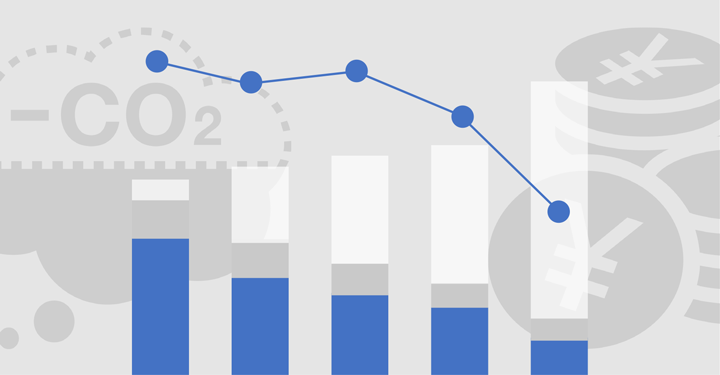
Hitachi consultants can simultaneously assess multiple business sites and check various aspects (such as financial aspects) related to “self‑consignment” of electricity, in which electric power generated at one company site is sent to another site. The consultants can then compare and verify the costs and benefits of different CO2 emission reduction methods: such as replacing conventional vehicles by electric vehicles, or introducing a solar power generation system, or a combination of such methods.
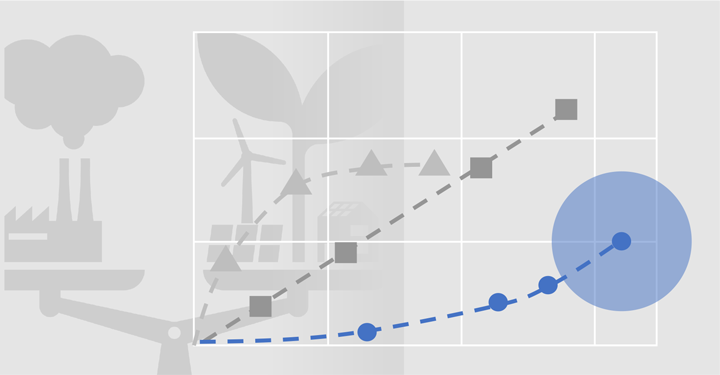
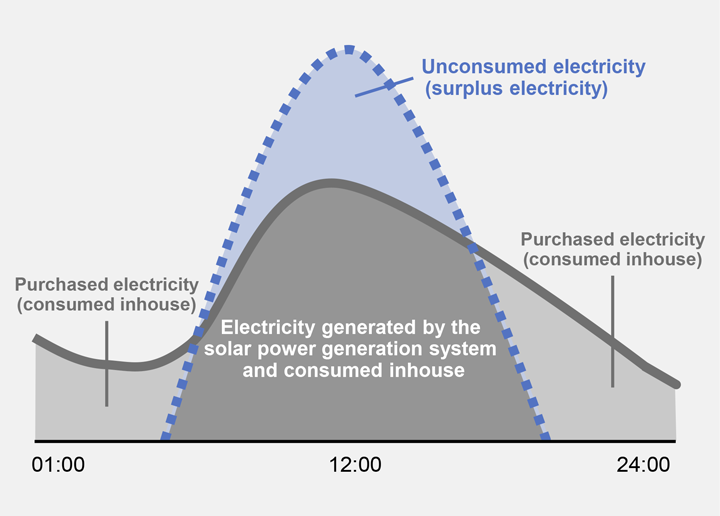
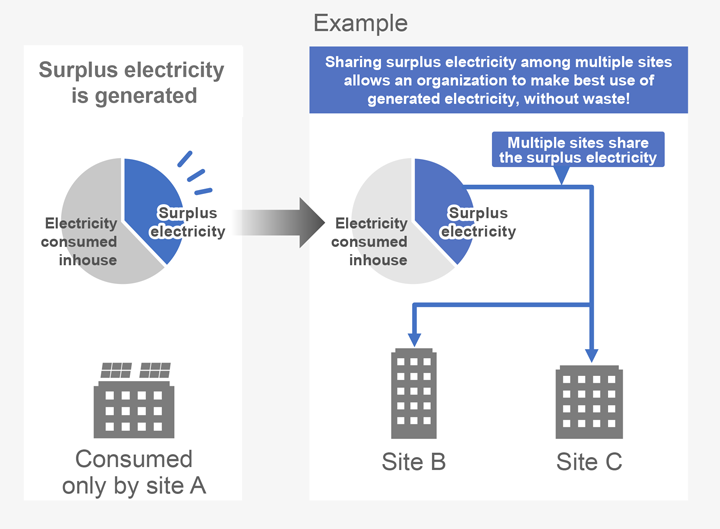
We will now describe a case example of TS Network (hereinafter abbreviated as TSN)*1. In efforts to decarbonize their logistics business, this company introduced electrified vehicles to their distribution centers and is examining whether to install a solar power generation system.
TSN is engaged in the logistics business of the Japan Tobacco Group (hereinafter referred to as the JT Group). Aiming to achieve the goals of the JT Group Environment Plan 2030*2, TSN has been promoting decarbonization of energy used by their trucks and 38 distribution centers in Japan since September 2022. Their initiatives include the following:
After completion of these measures, TSN and Hitachi will identify the potential for logistics decarbonization, formulate a roadmap, and continue their decarbonization efforts in a phased‑in manner. TSN is planning to introduce a solar power generation system and electric trucks to distribution centers in FY 2023 or later. TSN is also planning to connect the distribution centers and accelerate decarbonization in FY 2030.
For details on the related technologies, please read the following articles:
By generating hypotheses and performing calculations based on data, customers can examine and come up with highly feasible measures. Goals can be set and modified while Hitachi verifies the environments, both the external environment and the customer’s internal environment. Before equipment or solutions are introduced into a company, Hitachi considers both the initial costs and the running costs, formulates a carbon neutrality roadmap, and offers comprehensive support for formulating and implementing measures.